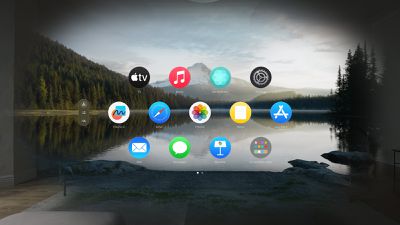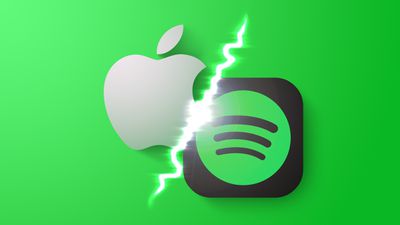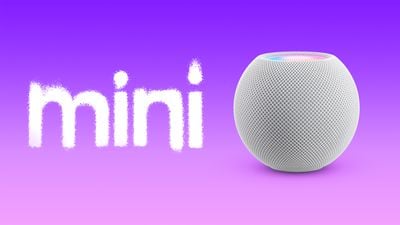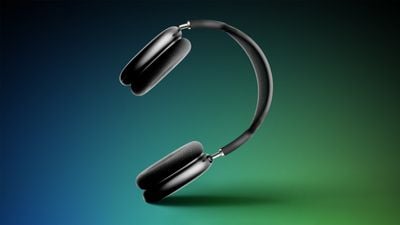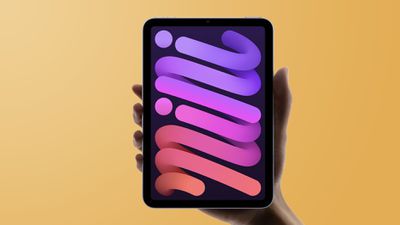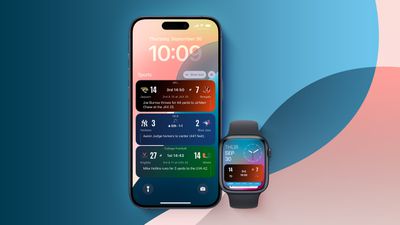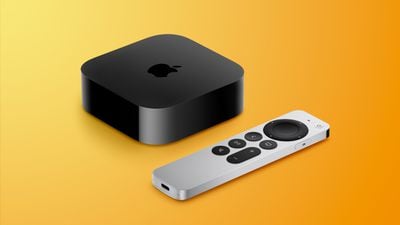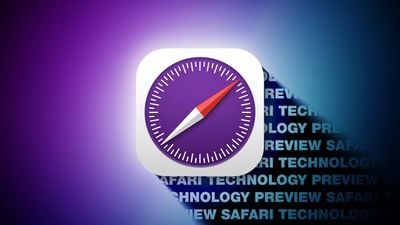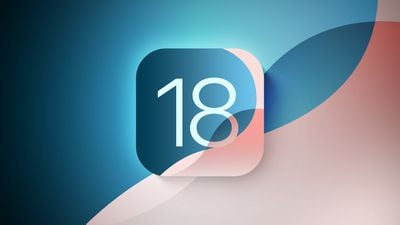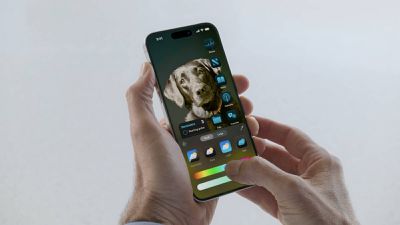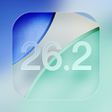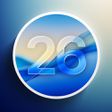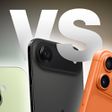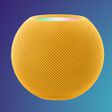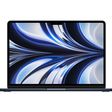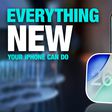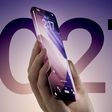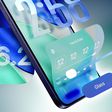Labor Day deals have kicked off this week, and as we head into the long weekend you can still find great discounts on AirPods Max, MacBook Air, Sonos speakers, and more. We're also tracking fresh markdowns on iPhone 15, the 10th gen iPad, M3 MacBook Pro, and more.
 Note: MacRumors is an affiliate partner with some of these vendors. When you click a link and make a purchase, we may receive a small payment, which helps us keep the site running.
Note: MacRumors is an affiliate partner with some of these vendors. When you click a link and make a purchase, we may receive a small payment, which helps us keep the site running.
Labor Day Deals

- What's the deal? Save on AirPods, MacBook Air, and more this weekend
- Where can I get it? Amazon, Best Buy, Sonos, and more
- Where can I find the original deal? Right here
Labor Day is coming up on September 2, and many retailers have kicked off sales that you can shop over the long weekend. You can find the full list of the sales in our original article, but we've collected a few of the best sales below as well.
- 9th Gen iPad - $199.00, down from $329.00
- AirPods Max - $399.00, down from $549.00
- Sonos - Get up to 20% off select devices
- Sony - Save on headphones and more
- Eufy Security SmartTrack Card - $19.99, down from $29.99
iPhone 15

- What's the deal? Take up to $1,000 off iPhone 15
- Where can I get it? AT&T
- Where can I find the original deal? Right here
AT&T is offering up to $1,000 off iPhone 15 models ahead of the launch of the next generation devices in September. You'll find offers on the iPhone 15 Pro Max, iPhone 15 Pro, iPhone 15, and iPhone 15 Plus for new and existing AT&T customers.
iPad

We're tracking one of the first notable discounts in weeks on the 10th generation iPad at both Amazon and Best Buy. Prices start at $299.00 for the 64GB Wi-Fi model, and include both cellular devices as well.
MacBook Pro

Best Buy and Amazon have a match of the all-time low price on the 512GB M3 Pro 14-inch MacBook Pro right now, available for $1,499.00, down from $1,999.00. This beats the previous low price by $100, and is available to all Best Buy shoppers without the need of a membership. You can find multiple 14-inch and 16-inch models on sale right now at both retailers.
Samsung Monitor

- What's the deal? Take $800 off 27-inch ViewFinity S9 5K Monitor
- Where can I get it? Amazon
- Where can I find the original deal? Right here
Earlier in the week, we began tracking a low price on Samsung's 27-inch ViewFinity S9 5K Monitor. This deal has gotten even better today, now available for $800.60, down from $1,599.99, marking a new all-time low price on the monitor.
Head to our full Deals Roundup to get caught up with all of the latest deals and discounts that we've been tracking over the past week.


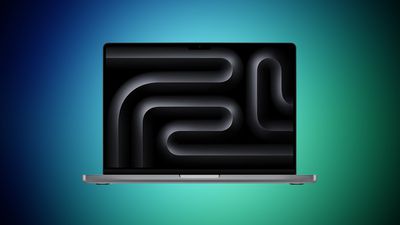 Note: MacRumors is an affiliate partner with Best Buy and Amazon. When you click a link and make a purchase, we may receive a small payment, which helps us keep the site running.
Note: MacRumors is an affiliate partner with Best Buy and Amazon. When you click a link and make a purchase, we may receive a small payment, which helps us keep the site running.
